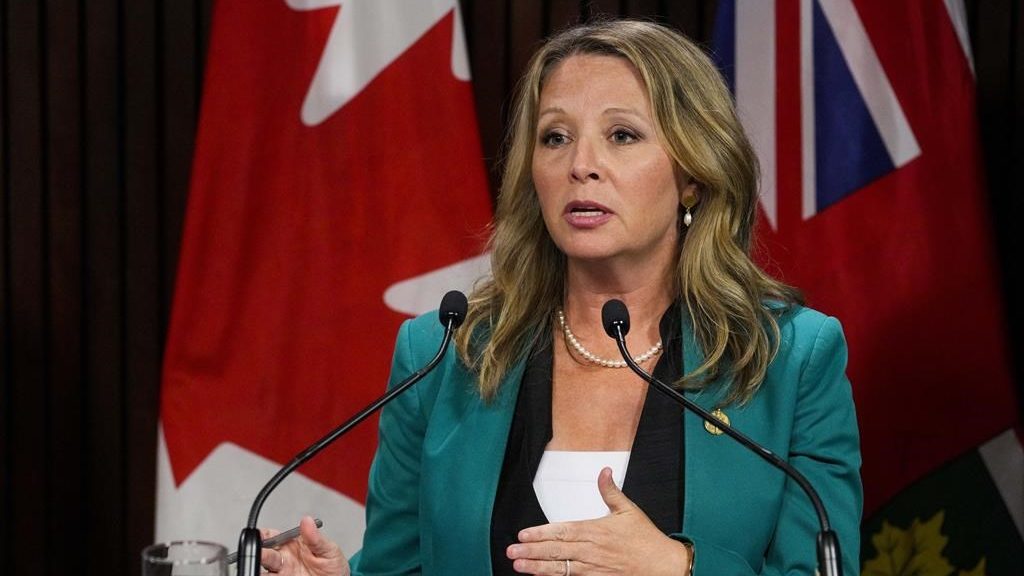Economy shows sign of weakness on slowing inflation, drop in retail sales
Posted Feb 22, 2013 08:37:15 AM.
This article is more than 5 years old.
OTTAWA – The economy showed signs of weakness at the end of last year and the beginning of this one as inflation in January slowed to its lowest level in more than three years and stingy holiday shoppers pinched December retail sales.
The disappointing economic news sent the Canadian dollar to an eight-month low, dropping by more than half a cent, before recovering some ground.
BMO chief economist Doug Porter called the inflation and retail reports two sides of the same coin.
“They both come from the same place and that’s what was an underlying soft economic picture around the turn of the year,” he said.
Statistics Canada said the consumer price index in January was up 0.5 per cent, the slowest pace since October 2009 and below economists’ expectations of a 0.7 per cent increase.
Core inflation, which is watched by the Bank of Canada and excludes the most volatile items, was 1.0 per cent for January — at the low end of the central bank’s target range.
Porter suggested that if inflation heads any lower it could spark talk of the central bank cutting interest rates.
“I don’t believe they will, but there’s going to be talk about that,” said Porter, who does expect the bank will hold off on raising rates until the middle part of next year or even later.
Meanwhile, retail sales fell 2.1 per cent in December, breaking a streak of five consecutive monthly gains and posting the largest drop since April 2010.
Economists had expected a decline of just 0.3 per cent.
Porter noted there were some special circumstances with November’s “Black Friday” promotions grabbing some sales and weak department store sales, but said the weakness was broad.
“The softness was fairly widespread,” he said.
“Every province saw sales drop in December versus November, so there were a number of factors at play here.”
Excluding gasoline prices, which fell 1.8 per cent year-over-year, Canadian inflation increased 0.6 per cent after rising 0.8 per cent in December. Higher prices for food, up 1.1 per cent, helped offset the lower fuel prices.
The two reports saw the loonie fall for a fifth day, closing down 0.2 of a cent at 97.96 cents US after moving to an eight-month low of 97.51 cents US.
TD Bank economist Diana Petramala said with inflation well below the Bank of Canada’s two per cent target, the central bank is likely to keep rates where they are through 2013.
“Given the weak economic backdrop heading into 2013, inflation is likely to remain soft over the next few months,” Petramala said.
“However, price increases should pick-up modestly along with economic momentum as the year unfolds. In particular, rising gasoline prices will likely help bolster headline inflation in the coming months.”
CIBC economist Emanuella Enenajor said the holidays weren’t very happy for retailers.
“The 1.6 per cent decline in retail volumes adds measurable downside risk to GDP in December, which could post a 0.3 per cent contraction, leaving fourth-quarter growth likely tracking below the Bank of Canada’s one per cent call.”
“Most store types typically associated with holiday shopping registered weaker sales in December,” Statistics Canada said in its report.
Sales fell in seven of the 11 subsectors tracked by the agency.
Excluding sales at motor vehicle and parts dealers, which saw a 6.4 per cent decline, overall retail sales fell 0.9 per cent.
General merchandise stores fell 3.7 in December, due to department store closures. Meanwhile, sales at electronics and appliance stores fell 12.1 per cent following a double-digit gain in November.
Sporting goods, hobby, book and music store sales fell 1.8 per cent, while furniture and home furnishing store sales dropped 1.3 per cent.
Last month, the Bank of Canada trimmed its expectations for economic growth in 2013 and governor Mark Carney said the need to raise borrowing costs was “less imminent.”
Analysts interpreted the statement as a signal that the bank’s trendsetting policy rate would remain at one per cent well into 2014.
Among the eight components tracked by Statistics Canada, prices rose in six of them with the transportation and clothing and footwear components being the exceptions as they dropped 0.5 per cent and 1.6 per cent respectively.
Food prices rose 1.1 per cent on a year-over-year basis in January, while household operations, furnishings and equipment gained 1.2 per cent. Health and personal care gained 0.3 per cent.
Recreation, education and reading gained 1.1 per cent, while alcohol and tobacco were up 1.9 per cent.
Shelter costs rose 0.6 per cent.
Note to readers: This is a corrected version. An earlier version incorrectly stated the inflation rates for clothing and footwear, housing operations, furnishing and equipment, recreation education and reading and alcohol and tobacco.










